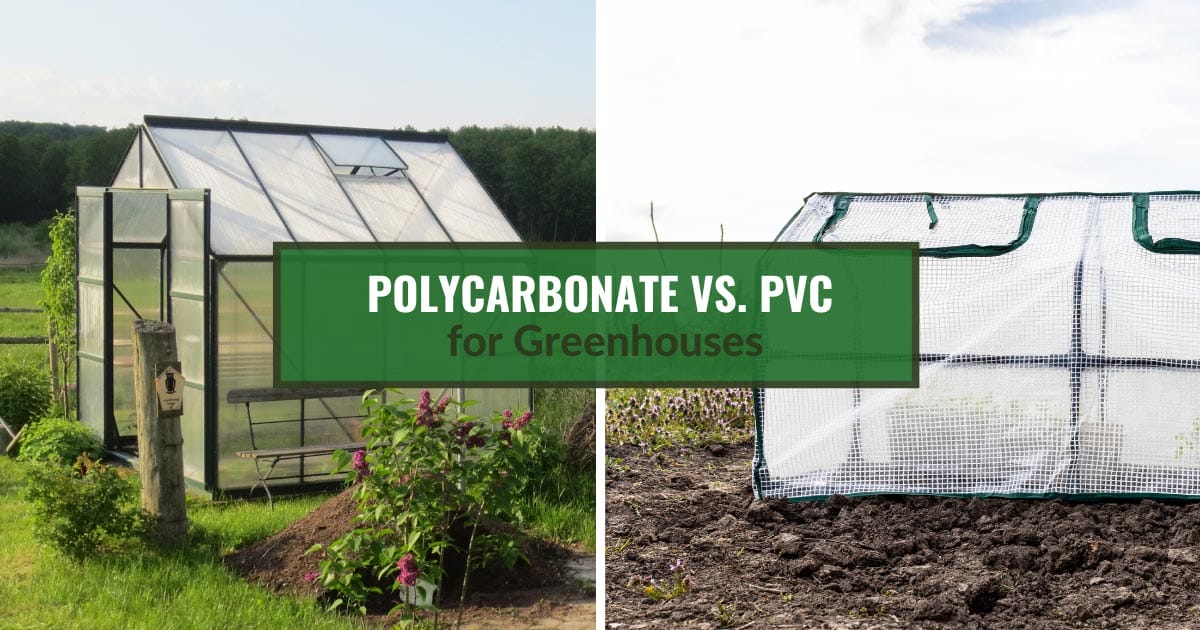Welcome to our discussion surrounding ‘polycarbonate vs PVC for greenhouse’ – a pivotal talking point for every gardener.
Polycarbonate, a robust, insulating plastic, and Polyvinyl Chloride (PVC), a lightweight, cost-effective alternative, are a hot topic in the ‘glass vs plastic greenhouse‘ discussion and play crucial roles in shaping your greenhouse’s functionality and durability.
But here’s what we’ve found: polycarbonate often takes the lead with its superior insulation and longevity, especially in our diverse offerings here at Greenhouse Emporium.
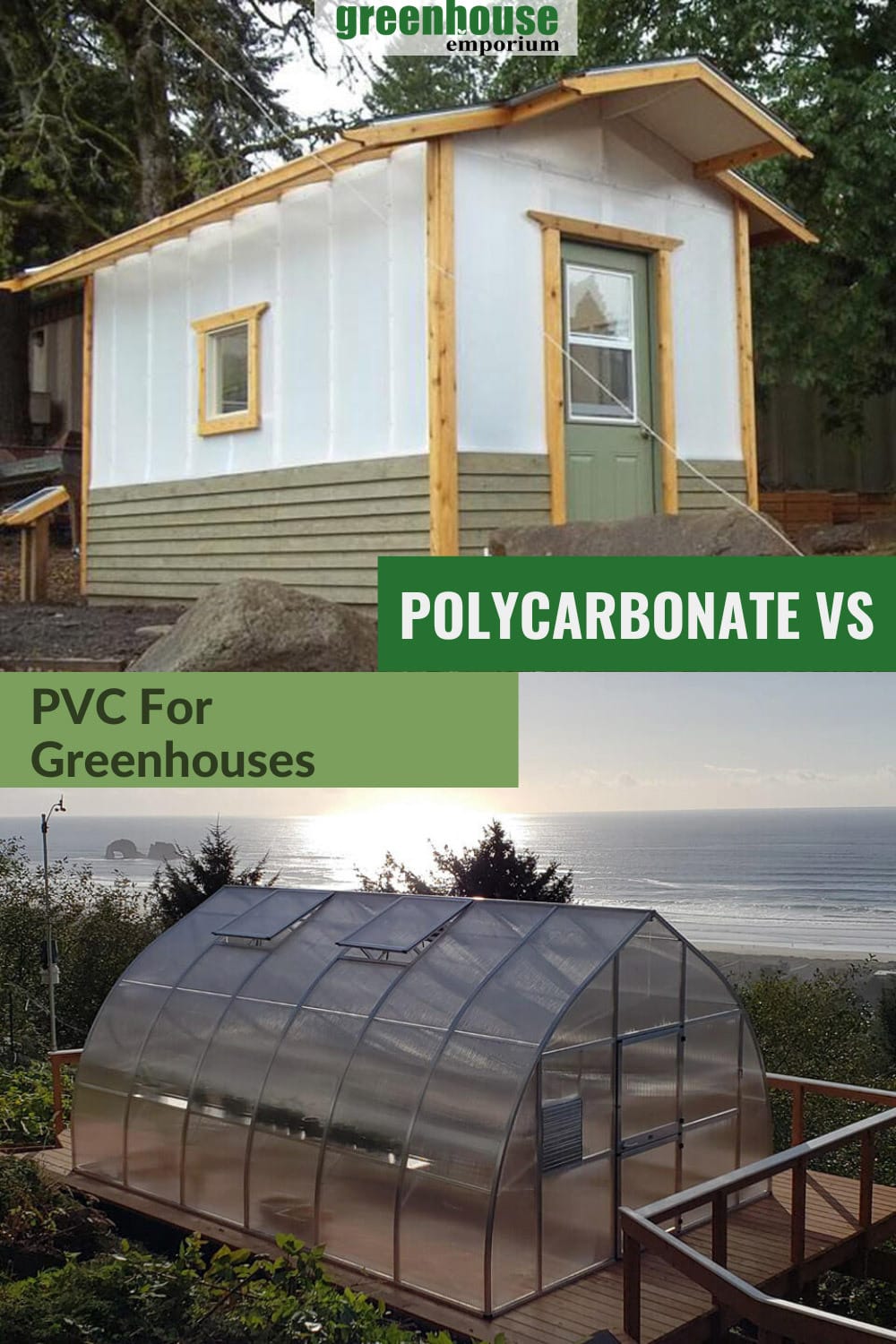
Our polycarbonate greenhouse kits, particularly the biggest greenhouse like the Hoklartherm Riga XL 9 Greenhouse 14×30, for instance, stand testament to our commitment to quality, durability, and gardeners’ satisfaction, ensuring your plants get the optimal environment to thrive in every season.
Dive into our guide as we explore the nuances of these greenhouse materials as well as their key advantages and disadvantages.
Let’s get started!
Polycarbonate vs PVC for Greenhouse
Embarking on a greenhouse project involves making pivotal decisions about materials and greenhouse covers.
You might be wondering, ‘What are the different types of greenhouses?’. Two contenders that often pop up in our discussions are greenhouse types made of polycarbonate and PVC (polyvinyl chloride).
Both have made a name for themselves in the greenhouse world, but through our extensive experience and research, we’ve noticed a tilt towards polycarbonate, which is more durable and sustainable than PVC when it comes to greenhouse construction.
Let’s dive into the nitty-gritty of these materials and see how they stack up against each other in greater detail.
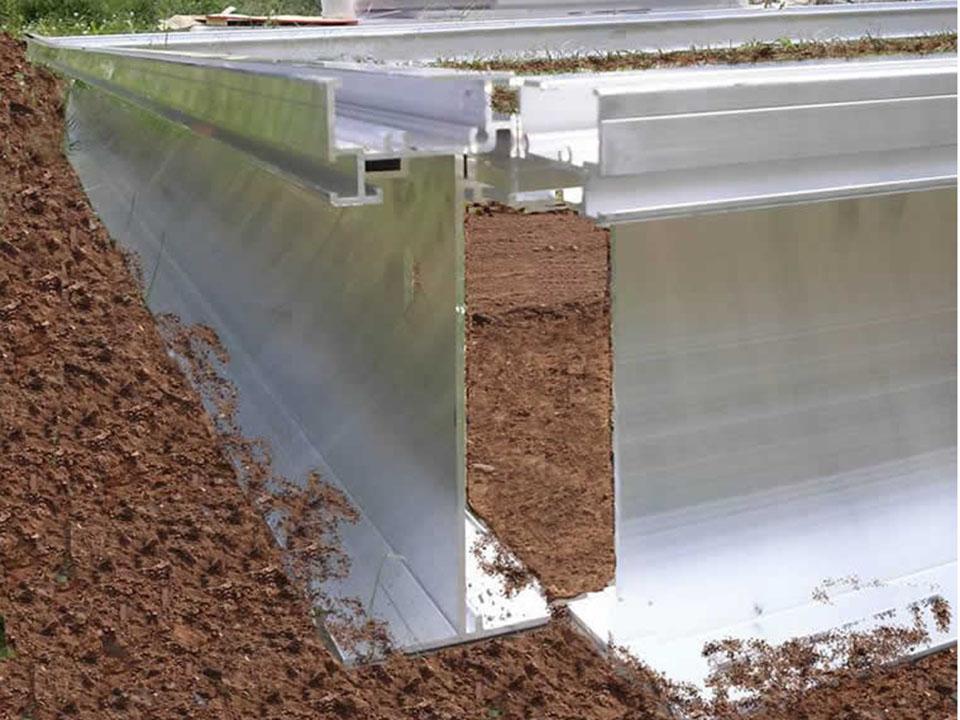
What is polycarbonate?
Polycarbonate, a widely recognized thermoplastic, has garnered acclaim in the greenhouse industry, particularly for its remarkable properties that cater to the nuanced needs of various plants and climates.
When it comes to the difference between hot house and greenhouse, there aren’t any when it comes to their use of polycarbonate. Through our practical knowledge, this material, celebrated for its strength, thermal stability, and high transparency to visible light, is a pivotal player in greenhouse applications.
Pros
Let’s look at some of polycarbonate’s many advantages:
- Durability: Polycarbonate boasts an almost unbreakable nature, capable of withstanding extreme forces and impacts, ensuring a long-lasting structure that can endure various environmental challenges.
- UV-resistant: It acts as a shield, protecting plants from harmful UV rays while simultaneously allowing the necessary light to permeate, fostering optimal growth conditions.
- Temperature resistant: Its ability to endure a wide spectrum of temperatures, from scorching heat to freezing cold, makes it a reliable choice for varied climates.
- Lightweight: Despite its robustness, polycarbonate is surprisingly lightweight, facilitating easier installation and transportation, which is a logistical boon.
- Ideal for greenhouses: The UV-reflective properties of polycarbonate are beneficial and essential for healthy plant growth, ensuring they receive the light they need without the harmful UV radiation.
Cons
While it stands firm against most challenges, polycarbonate is occasionally prone to scratches. However, this can be easily mitigated with anti-scratch coatings, which we offer at Greenhouse Emporium, ensuring it maintains its clarity and aesthetic appeal over time.
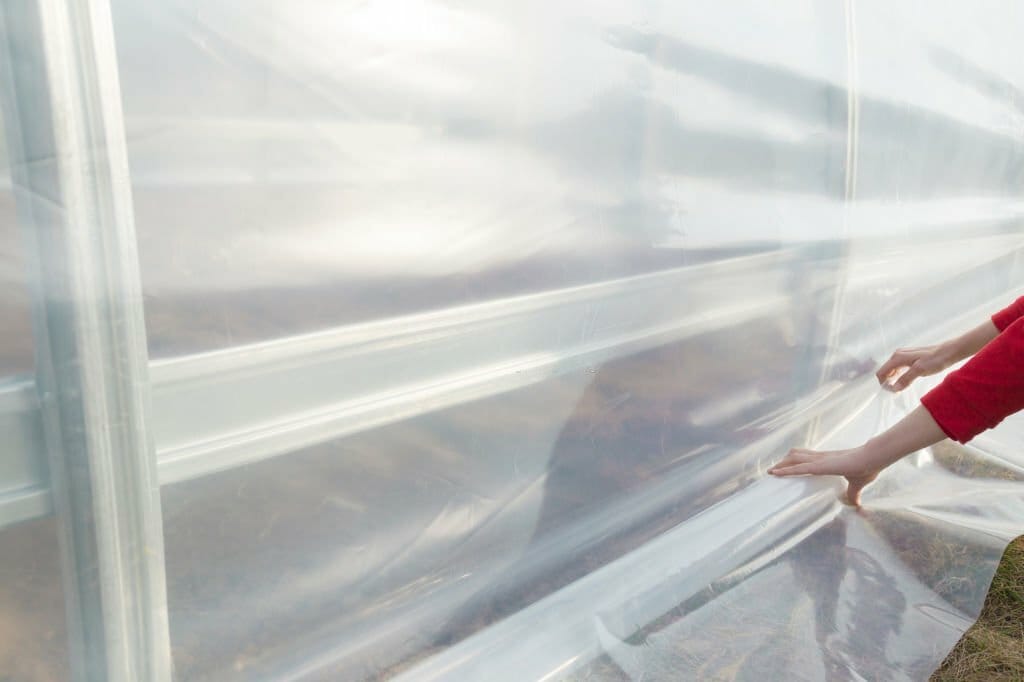
What is PVC?
As per our expertise, polyvinyl chloride, commonly known as PVC, is a synthetic polymer that has found its way into a myriad of applications, including greenhouse construction, due to its notable durability and cost-effectiveness.
Pros
Let’s look at some of PVC’s many benefits:
- Durability and strength: PVC is recognized for its ability to withstand various environmental factors, ensuring a robust and sturdy build that can handle different weather conditions and physical stresses.
- Resistance: It brings to the table a commendable resistance to fire, wind, moisture, and chemicals, providing a safe and stable structure that safeguards the internal environment of the greenhouse.
- Variety: PVC comes in a wide array of colors and thicknesses, offering aesthetic flexibility and structural options to cater to different needs and preferences.
- Life expectancy: With a lifespan that can stretch between 20 to 30 years, PVC presents itself as a long-term solution for those looking to establish a lasting greenhouse.
Cons
Unlike polycarbonate, PVC has multiple drawbacks, such as:
- Cost: While generally affordable, PVC can be pricier in some applications, particularly when considering specific types or quality grades of the material.
- Temperature sensitivity: PVC tends to struggle in extremely cold environments, becoming brittle, which can potentially compromise the structure and longevity of the greenhouse.
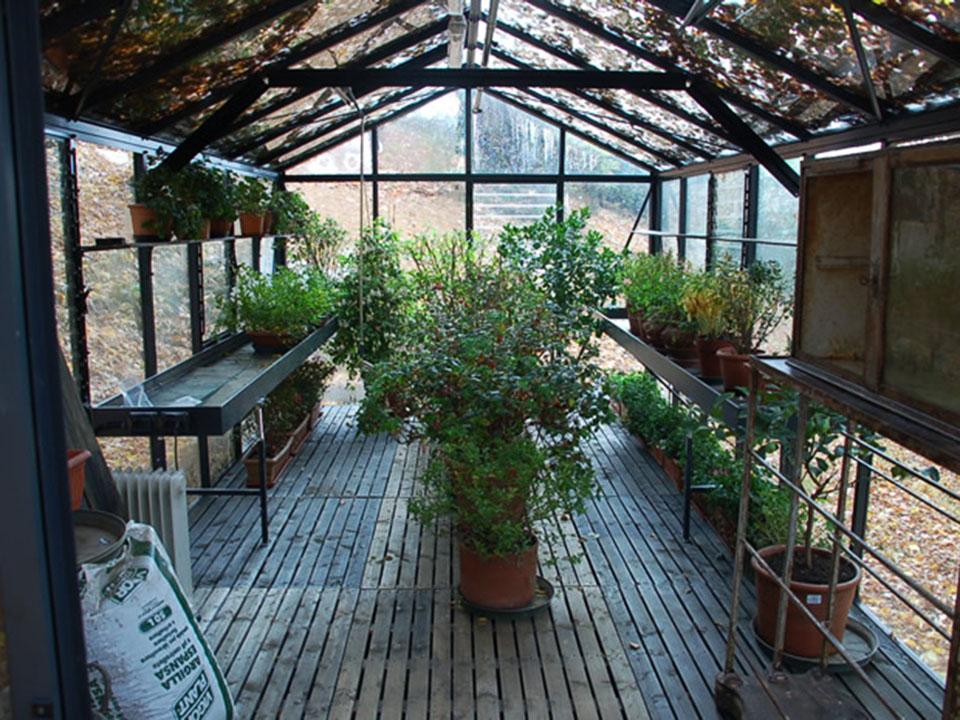
Which is right for you?
Based on our observations, choosing between polycarbonate and PVC boils down to your specific needs and environmental conditions.
For instance, when looking at the difference between a hoop house and a greenhouse, it all comes down to the materials used. While hoop houses typically utilize PVC, modern greenhouses, like the ones we have here at Greenhouse Emporium, utilize polycarbonate in their construction.
Polycarbonate tends to be the darling of the greenhouse world due to its durability, light transmission, and UV resistance, which are crucial for optimal plant growth.
At Greenhouse Emporium, we’ve seen a remarkable performance in our large greenhouse kits made of polycarbonate, like the Hoklartherm Riga 5 Greenhouse 10×18, for instance, affirming our trust in the material.
On the other hand, PVC might be your pick if budget is a pivotal factor and if it’s utilized in an environment where its temperature sensitivity won’t be a hindrance.
Similarly, if you’re looking to install a high tunnel greenhouse in your backyard, there is some difference between high tunnel and greenhouse in that greenhouses are often constructed using polycarbonate, while high tunnel greenhouses utilize polyethylene, which is a less durable material than PVC and polycarbonate.
After putting it to the test, we’ve discovered that polycarbonate is a steadfast ally in commercial greenhouse kits that stand the test of time and elements, ensuring your plants get the best conditions to thrive in.
Overall, polycarbonate provides superior insulation, ensuring optimal growing conditions throughout the year due to its multi-wall construction that acts as a natural barrier against heat loss.
It has several key benefits, such as:
- enhanced durability
- robust and long-lasting
- flexible and lightweight
- impact-resistant against weather damage and UV degradation
Furthermore, it offers improved light diffusion, scattering sunlight to reduce hot spots and ensure optimal light exposure for healthy plant growth and development.
This material has proven to be a steadfast ally in constructing greenhouses that stand the test of time and the elements, ensuring your plants get the best conditions to thrive.
Ultimately, your choice should reflect your specific greenhouse needs, budget, and environmental conditions. So weigh the pros and cons and choose wisely!
Unlock a world of lush, thriving plants with Greenhouse Emporium! Dive into our premium kits and hobby greenhouse supplies and elevate your gardening game to a professional level today!

